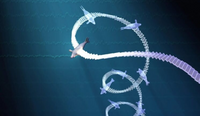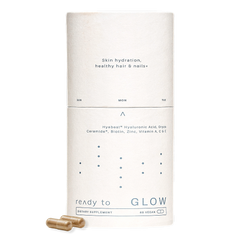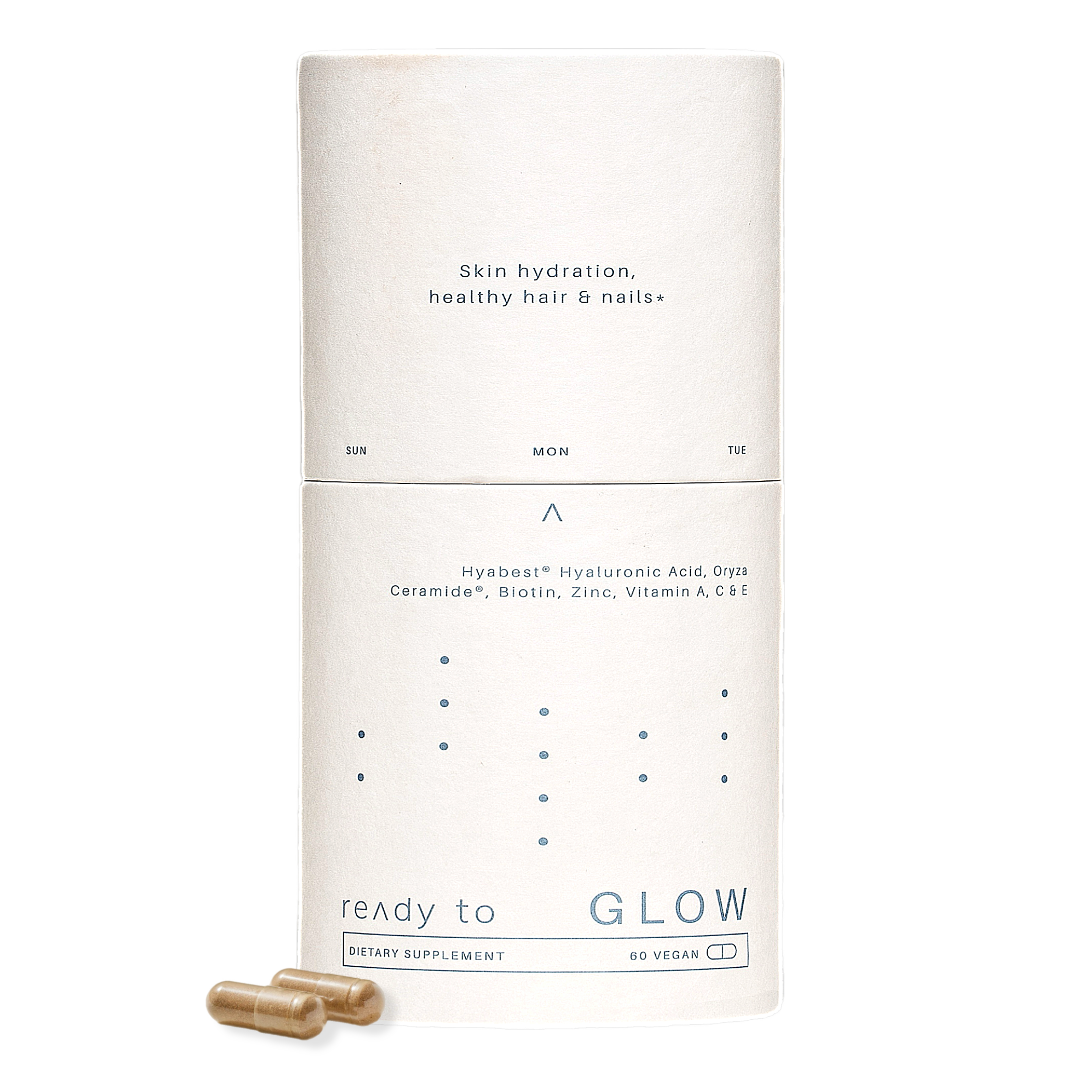Sleeping habits of seals

Did you know that they have mastered the art of sleeping both in water and on land?
During mating season, many seals sleep for hours on the beach
Biologists have studied their habits well during such periods. But for most of the year, these mammals hunt in the water and do not come ashore. Researchers at the University of California, Santa Cruz, analyzed brain wave data from northern elephant seals (Mirounga angustirostris), a species of seal, to understand how these animals manage to sleep without being captured by predators.
The researchers placed electrodes on the animals' heads to collect electroencephalograms (EEGs) to monitor brain activity.
The electrodes and data recorder were covered with a special protective neoprene cap. In addition, scientists used tracking equipment, including time and depth recorders and accelerometers, to monitor the seals' movements. The researchers collected EEG and dive data from 13 northern harbor seals and supplemented them with dive depth data previously collected from 334 other adult seals during hunts. Analysis shows that while living at sea, these animals sleep only about two hours during the day. In this case, sleep is divided into short periods of about 10 minutes. at once.

During deep sleep, seals descend to the bottom, moving in a spiral. Image: Jessica Kendall-Bar
Seals slowly spiral downward as they sleep, sometimes ending up actually lying on the seabed. At the same time, animals reach depths where their predators are rare. Scientists note that most shark and killer whale attacks on elephant seals occur while the seals are awake and coming to the surface to breathe. Elephant seals are unusual in that they switch between long periods of sleep of more than 10 hours a day when they are on land and two hours or less when they are at sea. These animals can hold their breath for long periods of time, so they can fall into deep sleep while diving deep below the surface, where they are not in danger.
Paramjeet Singh
Schmidt AI in Science Postdoctoral Fellow at Scripps Institution of Oceanography, UC San Diego. Her research combines engineering, data science, ecology, and visualization to measure behavior and physiology of marine animals amidst a changing climate. For her dissertation, she developed a non-invasive system to record and visualize the first recordings of marine mammal sleep at sea published in Science.
DATE
March 18, 2024










